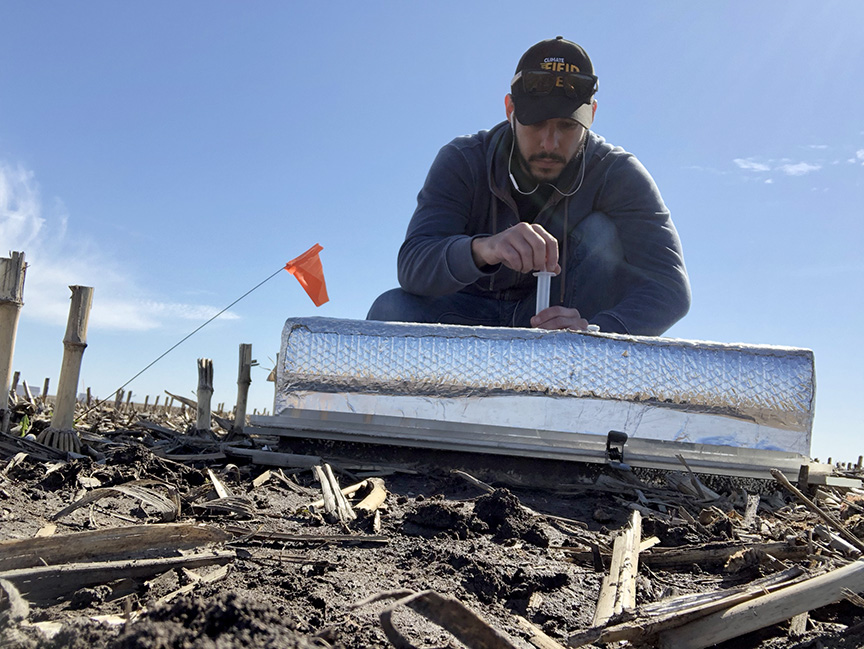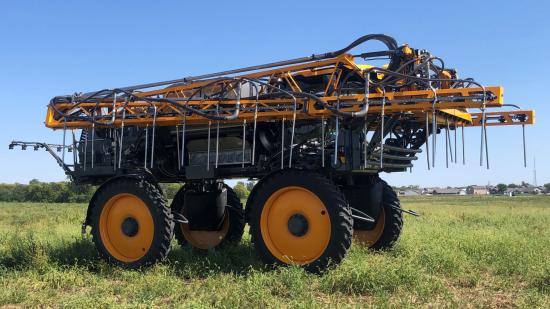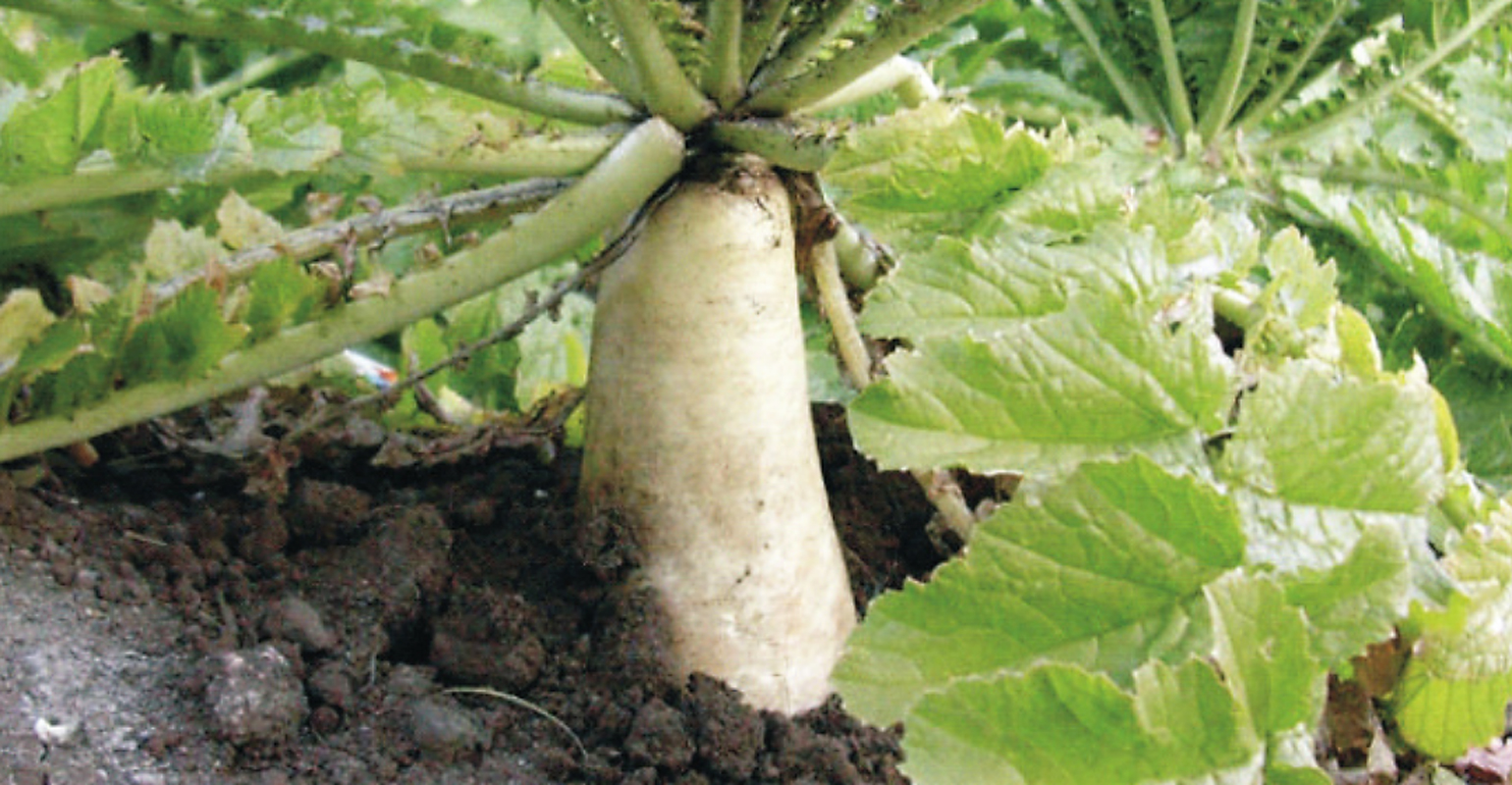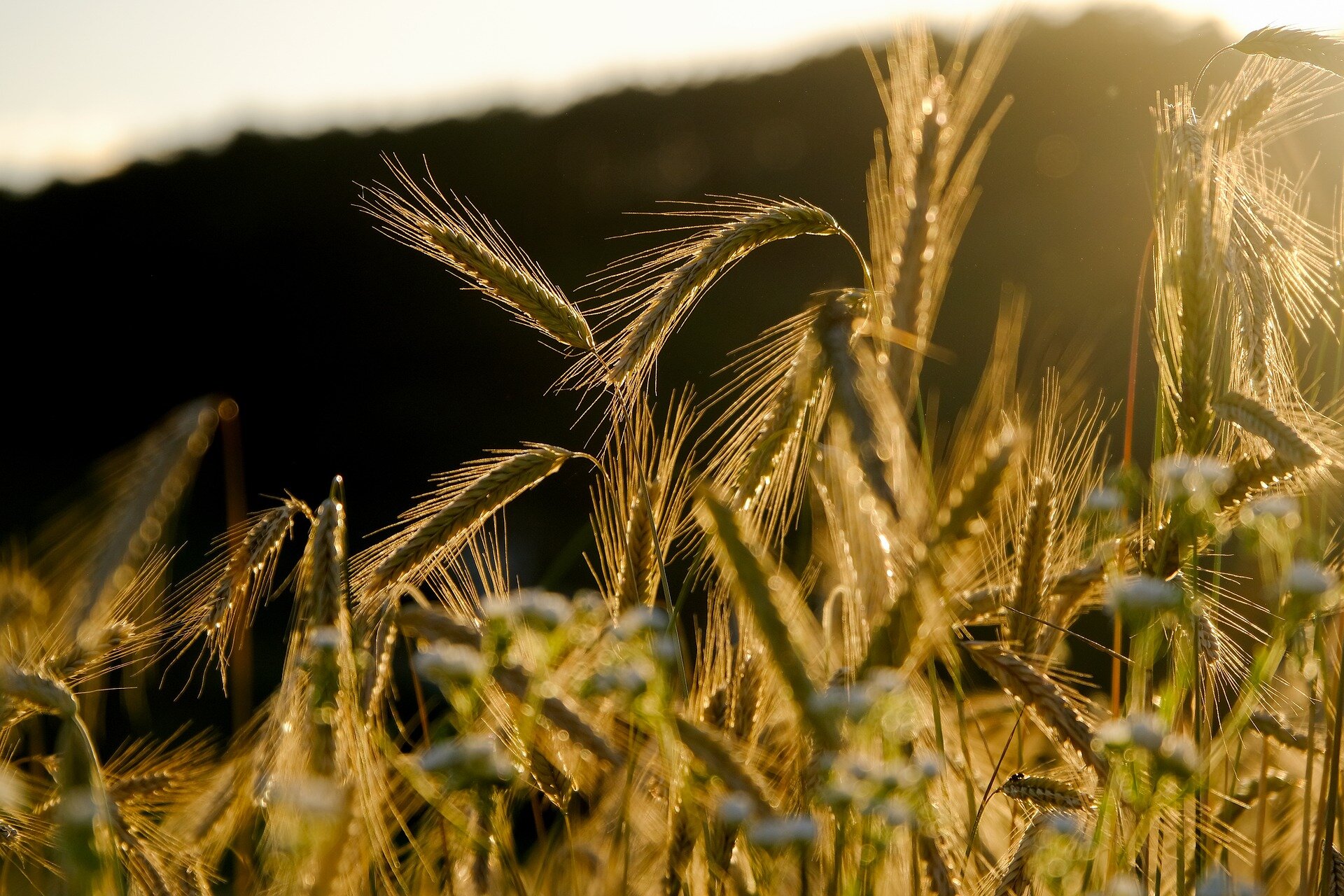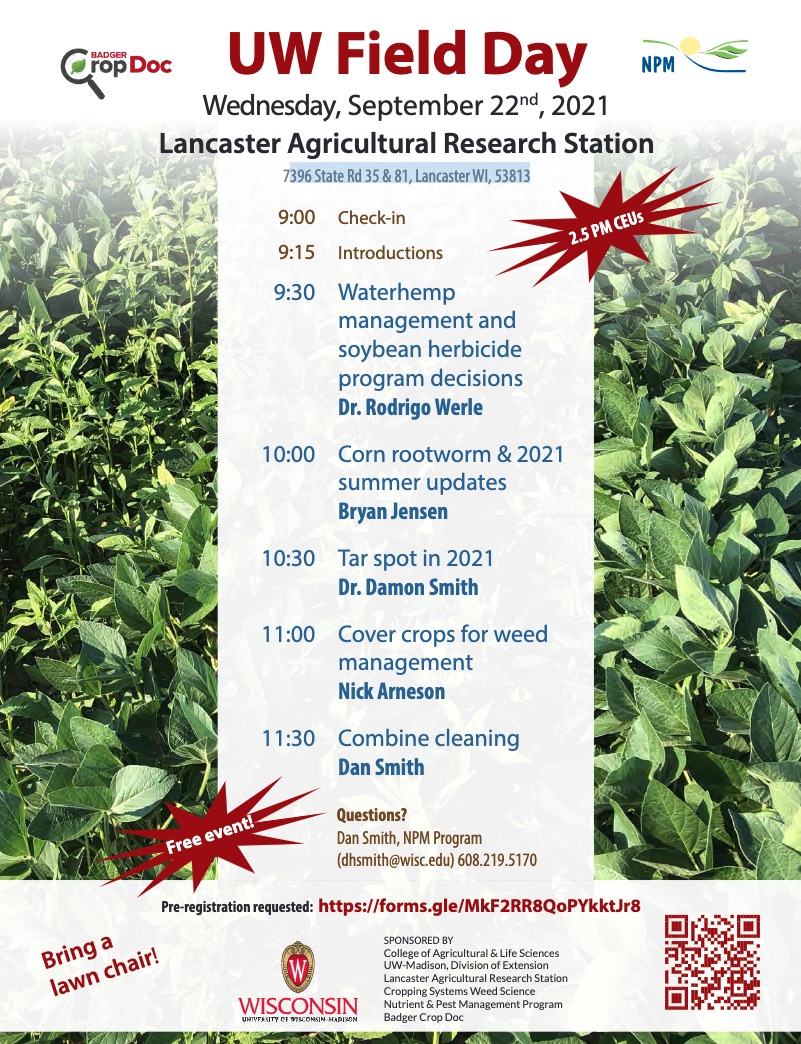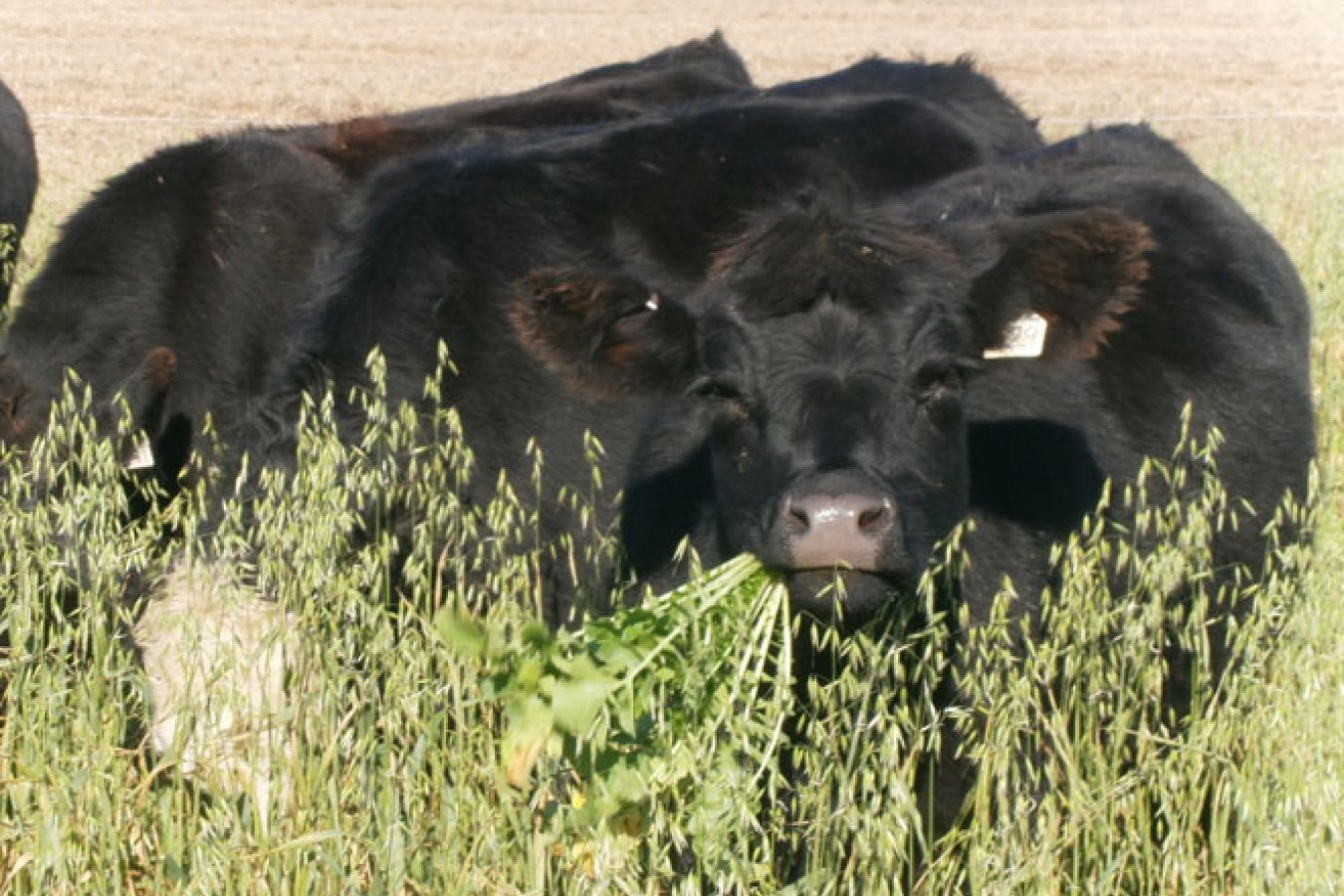 John LaRose Jr.
John LaRose Jr.
Topics: Soil Health, Agriculture US, Cover Crops, Crop Consultant, Education U.S. MidWest, Water, Sustainability,
Researchers find tradeoff between water quality and emissions on the farm
URBANA, Ill. – With water quality guidelines compelling more farmers to act on nitrogen loss, cover crops and split nitrogen applications are becoming more common in the Midwest. But new University of Illinois research shows these conservation practices may not provide environmental benefits across the board.
-
(0)
-
Bookmark
- Comments (0)
 Nancy Kavazanjian
Nancy Kavazanjian
Topics: Cover Crops, Ag Innovation,
Polk County buys newfangled cover crop tractor for upstream farmers
An Iowa county is purchasing a $600,000 tractor to encourage cover crop usage and improve water quality.
-
(0)
-
Bookmark
- Comments (0)
 Nancy Kavazanjian
Nancy Kavazanjian
Topics: Cover Crops, Sustainability,
The hidden land use cost of upscaling cover crops
Communications Biology - In this Perspective, Bryan Runck and colleagues discuss an often-overlooked consequence of scaling up cover cropping – a cornerstone of sustainable agriculture....
-
(0)
-
Bookmark
- Comments (0)
12/29/2021 SOURCE: www.agriculture.com
One farmer's on-farm research showed that cover crops could help reduce chemical applications, cut nitrogen inputs, and eliminate the cost of cleaning buildups of eroded soil from waterways.
Adopting no-till and cover crops builds soil organic matter and shaves costs
-
(0)
-
Bookmark
- Comments. (0)
 Nancy Kavazanjian
Nancy Kavazanjian
Topics: Agriculture US, Cover Crops, Regenerative Agriculture,
Wisconsin Cover Crops Conference
https://www.youtube.com/watch?v=X5TAPeFzVtg Mark your calendars! - 2022 Wisconsin Cover Crop Conference - February 24, 2022 • Rothschild, W
-
(0)
-
Bookmark
- Comments (0)
 John LaRose Jr.
John LaRose Jr.
Topics: Soil Health, Agriculture US, Cover Crops, Gardening, Sustainability, Urban Farming,
How To Plant A Fall Cover Crop - Power Your Garden & Stop Weeds Now!
See how to easily plant a fall cover crop in your garden this year - and why it can make next year's garden your best garden ever!
-
(0)
-
Bookmark
- Comments (0)
09/17/2021 SOURCE: www.farmprogress.com
Know your expenses and savings when using cover crops in row crop operations.
Cover crops help reduce input costs
-
(0)
-
Bookmark
- Comments. (0)
 John LaRose Jr.
John LaRose Jr.
Topics: Soil Health, Agriculture US, Cover Crops, Crop Consultant, Agriculture Global, Education U.S. MidWest, Sustainability, Weather,
Advanced model and field data add up to better cover crop management - reporterwings
Cover crops are widely seen as one of the most promising conservation practices, improving soil health while also removing carbon from the atmosphere. But
-
(0)
-
Bookmark
- Comments (0)
 Nancy Kavazanjian
Nancy Kavazanjian
Topics: Weeds, Agriculture US, Cover Crops, Crop Diseases,
-
(0)
-
Bookmark
- Comments (0)
 John LaRose Jr.
John LaRose Jr.
Topics: Soil Health, Precision AG , Agriculture US, Cover Crops, Crop Consultant, Agriculture Global, Water, Sustainability, Education,
South Dakota producers reap rewards of cover crops
The longer farmers use cover crops, the more likely they are to see the benefits and to use the conservation practice on a higher percentage of their farmland, according to a survey of eastern South Dakota producers. Cover crops, which are planted after harvesting the cash crop, help prevent erosion and runoff and increase soil organic matter, thereby reducing the need for fertilizer and improving water quality. In addition, cover crops can help suppress weeds, thereby reducing herbicide and pesticide usage, according to assistant professor Tong Wang of South Dakota State University’s Ness School of Management and Economics. She is part of a team of SDSU researchers who conducted the spring 2018 survey to evaluate producers’ perceptions about the benefits of conservation practices aimed at improving soil health, reducing the industry’s carbon footprint and increasing the sustainability of agriculture. Furthermore, Wang reported those who use cover crops for grazing are more likely to view them as increasing their profitability, even during the first few years. “Grazing helps offset the cost of using cover crops by reducing forage costs.” More than 70% of South Dakota producers graze their livestock on crop residue and cover crops, according to a 2016 survey in the Northern Great Plains. An article on South Dakota farmers’ perceptions about profitability and their likelihood of continuing to use cover crops was published in the Journal of Agricultural and Resource Economics. The research was funded by the South Dakota Corn Utilization Council and the U.S. Department of Agriculture Natural Resources Conservation Service. Tracking cover crop usage In the contiguous United States, the number of acres on which farmers plant cover crops increased from 218,000 in 2012 to 619,000 in 2017, according to the fifth-annual Sustainable Agriculture Research and Education–Conservation Technology Information Center cover-crop survey. Of the 708 South Dakota producers who responded to the SDSU researchers’ su...
-
(1)
-
Bookmark
- Comments (0)


